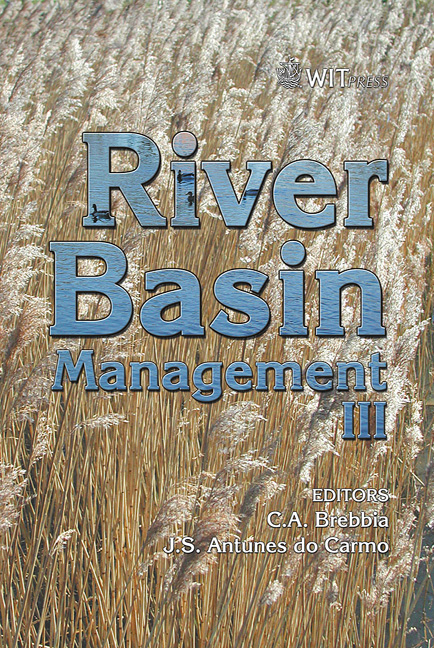Environmental Forecasting, Assessment, And Decision Making For River Basin Management
Price
Free (open access)
Transaction
Volume
83
Pages
8
Published
2005
Size
695 kb
Paper DOI
10.2495/RM050281
Copyright
WIT Press
Author(s)
S. Ashby, J. Barko, D. Richards & J. Davis
Abstract
The U.S. Army Corps of Engineers is developing a system of tools to improve environmental forecasting and decision-making in comprehensive water resources management. Currently available tools include geospatial assessment techniques, habitat models, single- and multi-dimensional numerical models, and ecological models based on concepts of bioenergetics, individual-based response, and trophic structure. Applications of these models for sustainable water resource management provide opportunities to forecast the effects of landscape changes, owing to activities such as urbanization, ecosystem restoration, water resource project operations, etc. at various temporal and spatial scales. Since resources (e.g., data, time, expertise, funding, etc.) are often limited, a tiered or hierarchical approach to water resources forecasting is recommended. For example, geospatial technologies can be used to develop land cover and land use data layers for applications in habitat based models or numerical models for watershed runoff predictions. Another level of applications combines predictions of land use changes and subsequent changes in material loadings with biological responses in aquatic systems using multi-dimensional models. This suite of tools is being developed within a framework to \“customize” comprehensive tool selection in the decision-making process, thus allowing user communities to maintain databases, conduct alternative analyses, and transfer information in a user-friendly format. A rationale for the approach and example applications are presented. Keywords: watershed assessment techniques, geospatial, numerical models, model integration, river basin management, decision support. 1 Introduction Sustainable river basin management requires capabilities to predict effects of land use changes and water resource management activities on receiving waters.
Keywords
watershed assessment techniques, geospatial, numerical models, model integration, river basin management, decision support.





